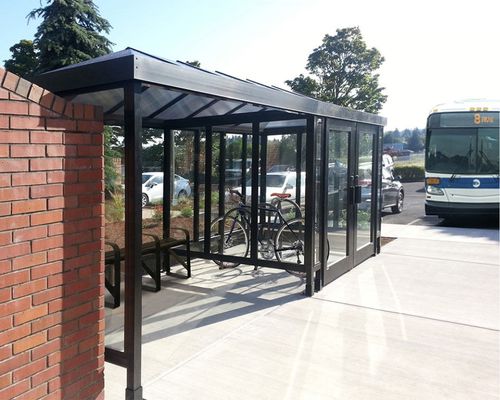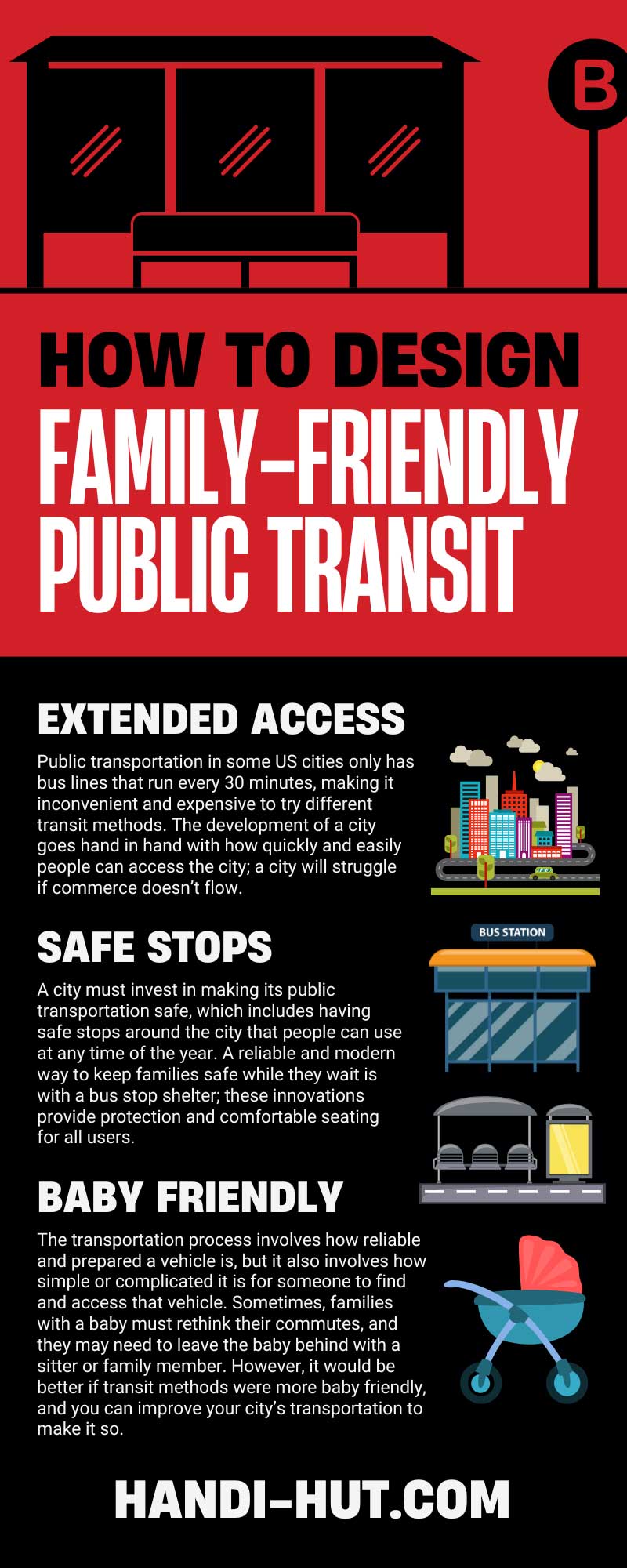
With the demand for services like transportation increasing exponentially, cities must expand and find viable solutions to meet those needs. The development of a city relies heavily on making it more functional for its residents, and the right solutions will improve each resident’s quality of life.
Government agencies and city developers must focus on different aspects like weather, location, seasonal changes, and accessibility to provide these solutions. Big cities keep growing, and expanding on what is already there by adding new public transit routes, for example, will determine how large a city can become.
Cities must design family-friendly public transit services because not everyone can access private transportation. Having access to a functional system with enough capacity to move and provide service constantly will positively transform residents’ lives.
Transportation Options
Depending on the size of the city and its population, cities must have adequate means of transportation to cover demand. Cities worldwide have different options that work for specific people and needs, and they can determine the best types of transportation using research, experience, and testing. What works for one city may not work for another, especially if nature plays a role in these developments.
To identify the right transportation options, developers must consider terrain, distance, and future developments so as not to detain growth. The most popular options proven to work in some of the biggest cities are buses, subway lines, trains, and light rail.
Extended Access
Public transportation must provide easy access to important and popular places like parks, stores, schools, and recreational areas. A transit method that makes multiple stops at different locations will give people a reliable mode of transportation, regardless of their destination. Keeping about half a mile between stops will improve transportation routes and planning.
Public transportation in some US cities only has bus lines that run every 30 minutes, making it inconvenient and expensive to try different transit methods. The development of a city goes hand in hand with how quickly and easily people can access the city; a city will struggle if commerce doesn’t flow.
Safe Stops
A city must invest in making its public transportation safe, which includes having safe stops around the city that people can use at any time of the year. A reliable and modern way to keep families safe while they wait is with a bus stop shelter; these innovations provide protection and comfortable seating for all users.
Creating safe public transportation stops that people can use no matter the time of day or night begins with education and responsibility. To provide the best service, the state must implement the right technology and people, but it is also up to users to help maintain a clean and safe environment.
Baby Friendly
Commuting with a baby is not easy, but sometimes, it’s necessary, and having the proper setup could make a family’s life easier. Buses, by law, must have room for strollers and wheelchairs. The same is true for subway lines, but getting to the subway with a stroller can be more challenging.
The transportation process involves how reliable and prepared a vehicle is, but it also involves how simple or complicated it is for someone to find and access that vehicle. Sometimes, families with a baby must rethink their commutes, and they may need to leave the baby behind with a sitter or family member. However, it would be better if transit methods were more baby friendly, and you can improve your city’s transportation to make it so.
Accessible Pricing
Public transportation, as a state service, should be free or have the lowest fare possible because it’s for every resident’s benefit. Understandably, public transportation is still a service that cities rely on financially, but finding a way to reduce fares and provide free or inexpensive services would be ideal.
Fares typically vary depending on factors like age. Designing family-friendly public transit could include giving free tickets to children under a certain age or offering discounts to families traveling together. Thinking about every possible way to improve a family’s experience with flexible rates would increase their quality of life and opportunities.
Charging Stations
With technology evolving and becoming integral to daily life, owning a smartphone is more a necessity than a luxury, especially with everything turning digital. To make bus, train, or subway stops friendlier, incorporate charging stations for phones into stops for travelers to use as they wait.
With the new technology and bus stop innovations, it is more possible to add this type of benefit with enhanced security and accessibility. Quick charging stations, paid and free, are now a reality because people often want or need to charge their phone batteries on the go.
City and Suburb Mix
Families tend to move to the suburbs because they’re quieter areas than the city and offer different schools, traffic, and lifestyles. Such differences make it easier for families to choose where to live, but people without kids or a family may have a harder time deciding between the two.
To make life more efficient, cities must develop public transportation routes that provide the same service for both the suburbs and the city. This is important because regardless of where they’re living, people need access to public transportation. City development must create transportation systems based on standardized programs but breaking down barriers between cities and suburbs is the best way to grow and evolve.
Sometimes, people who live in the suburbs need private transportation because there are no public services that effectively and quickly take them to their destinations. But imagine future developments and futuristic cities where everything merges into one big development where transportation is so efficient that people can reach the farthest location in minutes.
Transit Trackers
Knowing exactly when a bus or a train is arriving will help families to plan their days around important activities without worrying about waiting too long for a ride. Traveling as a family could become stressful and challenging because you are looking out for both yourself and the others traveling with you. However, clearance will make this easier.
With software development and smartphones, apps can transform a normal day into a fully planned one, especially when transit services offer tracking options. Some stations, like trains and subway cars, have an estimated arrival time, but it’s a different story with buses. Giving people real-time information and a map to follow will give them peace of mind and enhanced confidence about when their rides will arrive.

